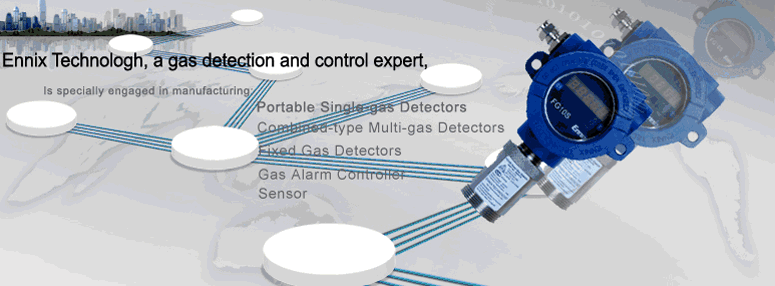Hydrogen
At standard temperature and pressure, hydrogen is a colorless, odorless, tasteless, non-toxic, nonmetallic, highly combustible diatomic gas with the molecular formula H2. Naturally-occurring atomic hydrogen is rare on Earth because hydrogen readily forms covalent compounds with most elements and is present in the water molecule and in most organic compounds. Hydrogen plays a particularly important role in acid-base chemistry with many reactions exchanging protons between soluble molecules.
Hydrogen gas is highly flammable and will burn in air at a very wide range of concentrations between 4% and 75% by volume.
Safety
Hydrogen poses a number of hazards to human safety, from potential detonations and fires when mixed with air to being an asphyxiant in its pure, oxygen-free form. In addition, liquid hydrogen is a cryogen and presents dangers (such as frostbite) associated with very cold liquids. Hydrogen dissolves in many metals, and, in addition to leaking out, may have adverse effects on them, such as hydrogen embrittlement, leading to cracks and explosions.Hydrogen gas leaking into external air may spontaneously ignite. Moreover, hydrogen fire, while being extremely hot, is almost invisible, and thus can lead to accidental burns.
Even interpreting the hydrogen data (including safety data) is confounded by a number of phenomena. Many physical and chemical properties of hydrogen depend on the parahydrogen/orthohydrogen ratio (it often takes days or weeks at a given temperature to reach the equilibrium ratio, for which the data is usually given). Hydrogen detonation parameters, such as critical detonation pressure and temperature, strongly depend on the container geometry.
|


